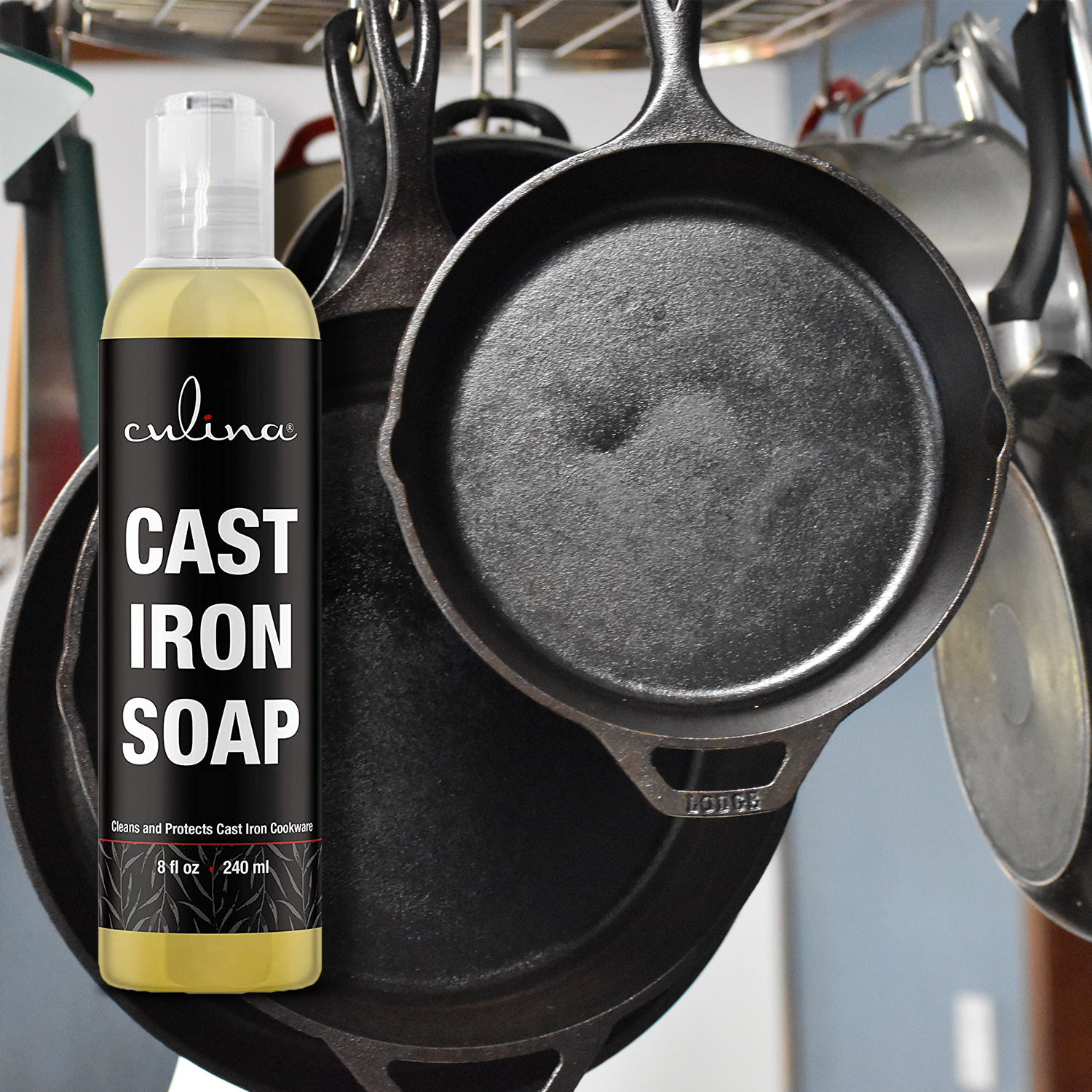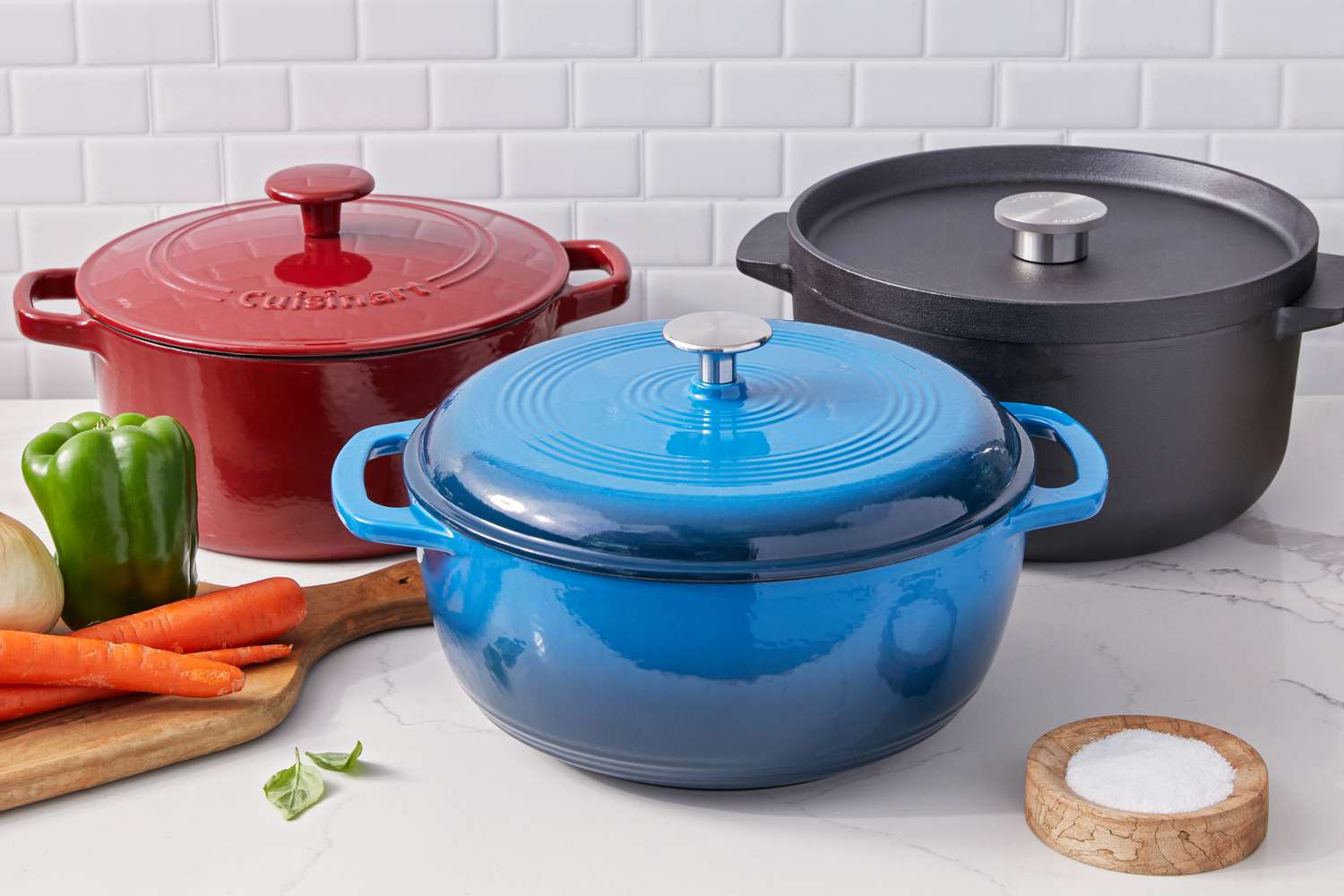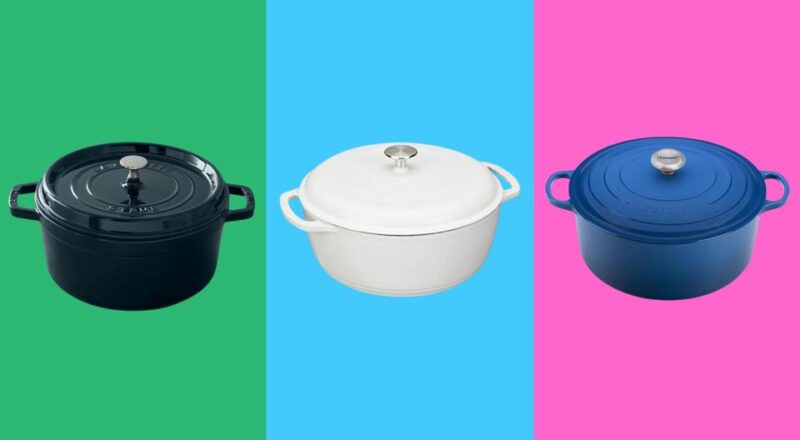Cast iron dutch ovens are beloved by many home cooks and chefs for their durability and ability to retain heat. However, due to improper care or neglect, they can become rusty and in need of restoration.
This article will guide you on how to restore a cast iron dutch oven using simple and effective methods. Whether you’re a seasoned chef or a beginner home cook, these steps will help you bring your cast iron dutch oven back to life.

Introduction to Cast Iron Dutch Ovens
Cast iron dutch ovens have been used for centuries due to their versatility and durability. These heavy-duty cookware pieces can be used for baking, frying, simmering, and even roasting.
Despite their sturdiness, they require regular maintenance to prevent rust and damage. Understanding the basics of cast iron care is essential for any owner.

Identifying the Problem
Before starting the restoration process, its important to identify the condition of your cast iron dutch oven. Look for signs of rust, buildup of old seasoning, and other damages.
If you notice a lot of rust, don’t worry. Even heavily rusted cast iron can be restored to its former glory with the right technique.
Tools You Will Need
- Steel wool or a wire brush
- Dish soap
- White vinegar
- Scouring pads
- Paper towels or cloth
- Oven
- Bake-proof oil (flaxseed oil or vegetable oil)
Step-by-Step Restoration Process
1. Initial Cleaning
Begin by giving your cast iron dutch oven a thorough cleaning with dish soap and a scouring pad. This will help remove food residues and some of the rust.
Tip: Avoid using a dishwasher as it can cause further rusting.
2. Removing Rust
If your dutch oven has minor rust, a mixture of water and white vinegar can work wonders. Submerge the dutch oven in the mixture for a few hours before scrubbing with the steel wool.
For severe rust, you may need to use a wire brush attachment on a drill.
3. Reseasoning the Dutch Oven
Once the rust is removed, rinse and dry the dutch oven thoroughly. Apply a thin layer of oil all over the surface, inside and out.
Place the oven in a preheated oven at 350F for about an hour. This process is called seasoning, and it creates a natural non-stick coating.

Maintaining Your Restored Dutch Oven
Now that your cast iron dutch oven is restored, it’s crucial to maintain it properly to avoid future rusting.
Avoid soaking the dutch oven in water for long periods and always dry it thoroughly after washing.
Apply a light layer of oil after each use to maintain the seasoning.
Frequently Asked Questions (FAQ)
What kind of oil should I use for seasoning?
Flaxseed oil and vegetable oil are recommended for seasoning because they create a durable non-stick layer.
Can I use soap on my cast iron dutch oven?
Yes, you can use a small amount of soap to clean your cast iron dutch oven, but it’s important to rinse and dry it thoroughly to avoid rust.
How often should I re-season my cast iron dutch oven?
Seasoning your cast iron dutch oven once or twice a year is usually sufficient. However, if you notice food sticking to the surface, it may be time to re-season.
For more detailed instructions on using and caring for your cast iron cookware, check out our guides on How Long to Cook Roast, Cooking Hash Browns, and Cooking Chicken Wings.
For more information, you may refer to this comprehensive guide on skillet recipes from Country Living.
As an Amazon Associate, I earn from qualifying purchases.
As an Amazon Associate, I earn from qualifying purchases.

